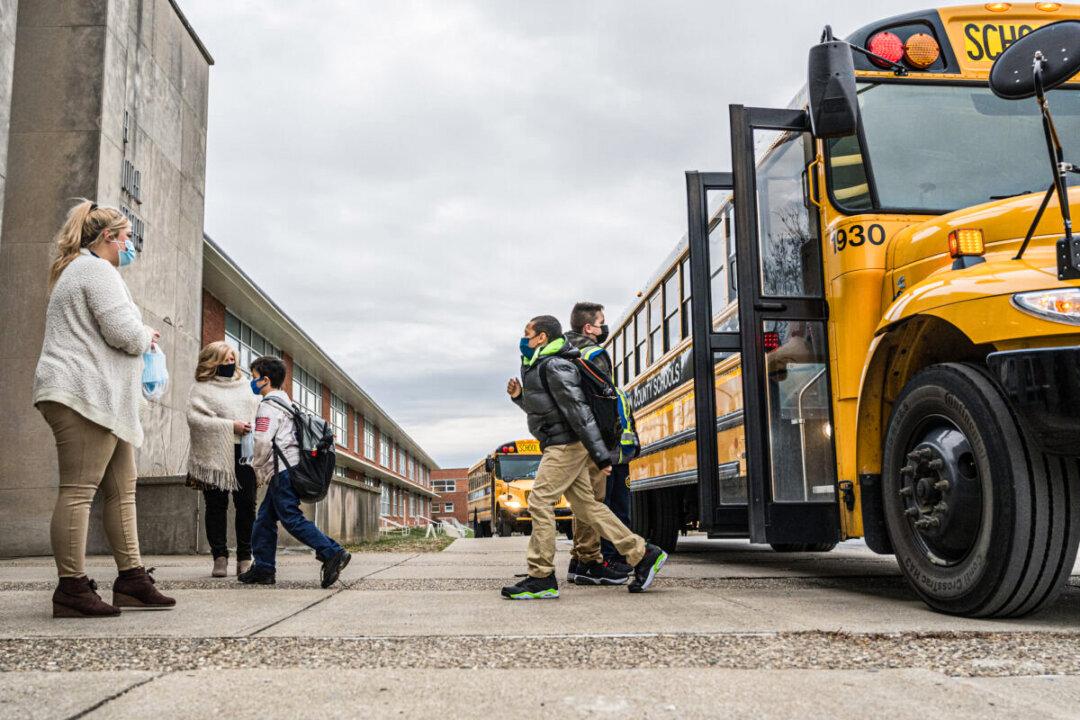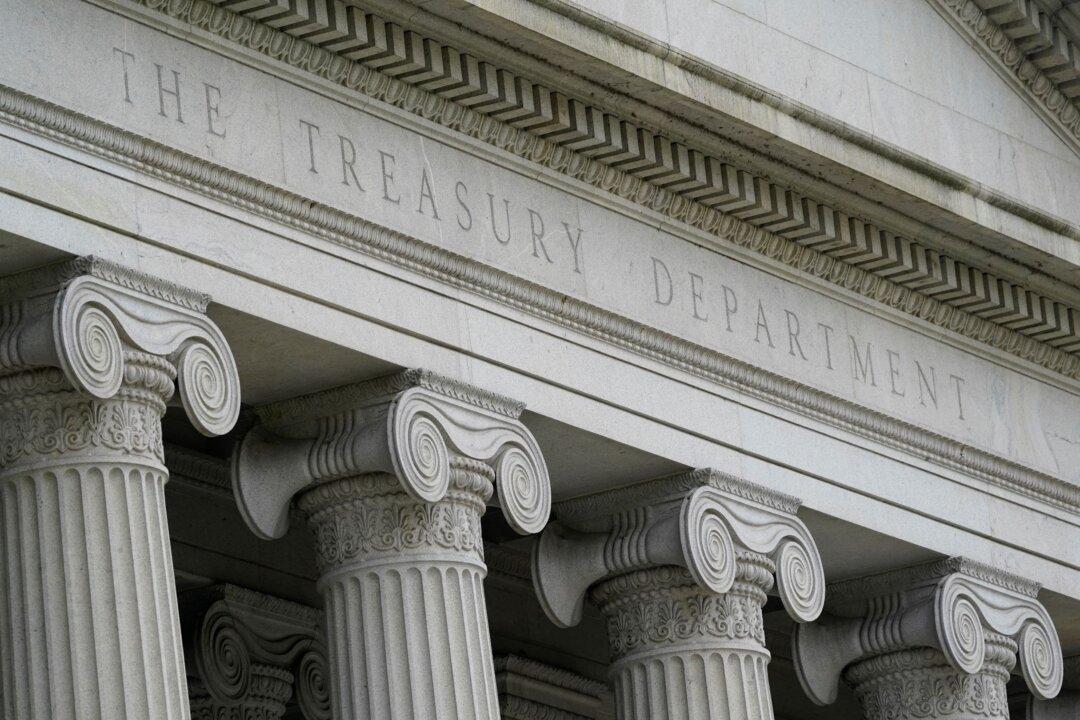Many schools fail at financial education, but so do some parents and employers, financial educators say.
Most K-12 American public schools don’t provide children with money management skills, studies show. Only 21 out of 50 states require financial education courses to graduate from high school, according to the Council for Economic Education latest “Survey of the States.”






